STUDY SITE INFORMATION ETHIOPIA
Study area Ethiopia:
The research project unfolds across three distinct zones in the Amhara region:
1. South Welo, Kalu Wereda, Choresa Kebele;
2. Oromia Special Zone, Dawachefa Wereda, encompassing Bedeno, Gerbi, and Kelo Kebeles;
3. North Shewa Zone, featuring Qewot Wereda with Jimdere, Yelen, and Tere Kebeles.
Additionally, the project spanned the Shewarobit City Administration, specifically Kebeles 07, 08, and 09. This comprehensive study area, characterized by unique geographical, meteorological, and socio-economic attributes, provides a holistic perspective for scientific inquiry.
The Biome of UPSCALE project area in Ethiopia:
The first biome of South Welo, Kalu Wereda, Choresa Kebele exhibits a warm climate with distinct wet and dry seasons. Characterized by dominant grasses like Hyparrhenia, Themeda, and Pennisetum, interspersed with Acacia, Terminalia, and Albizia trees. A diverse fauna includes mammals (leopard and hyena), birds (ostriches, vultures, and hornbills), and reptiles (snakes, lizards, and tortoises).
The second biome of Oromiya Special Zone Dawachefa Wereda has specific project implementations kebeles marked by a warm climate, high humidity, and abundant rainfall, this biome features diverse fauna. Monkeys, baboons, and wild pigs are prevalent mammals, with toucans, parrots, and hornbills as common birds. Reptiles include snakes, lizards, and chameleons.
The third biome of the North Shewa Zone, Shewarobit and Qewot Wereda has tropical and subtropical moist broadleaf forests with a warm climate with high humidity and ample rainfall. Dominated by trees such as Podocarpus, Juniperus, and Olea, it also includes shrubs (Rosa, Hypericum, and Erica) and herbs (Gramineae, Cyperaceous, and Leguminosae).
Population in Ethiopia:
According to the 2001 Population and Housing Census of Ethiopia, the total population in the following kebeles is:
1. Choresa Kebele boasts a total population of 13,569 people, with 6,744 males and 6,825 females. This positions Choresa Kebele as the third most populous kebele in Kalu Wereda.
2. The total population of Bedeno, Gerbi, and Kelo Kebeles in Dawachefa Woreda is 74,954 people, with 37,551 males and 37,403 females.
3. Jimdere, Yelen, and Tere Kebeles in Qewot Wereda, North Shewa Zone, have a total population of 63,548 people, with 31,612 males and 31,936 females.
4. The Kebeles 07, 08, and 09 in Shewarobit City Administration are 32,000 people, with 16,000 males and 16,000 females.
Main Crops in Ethiopia:
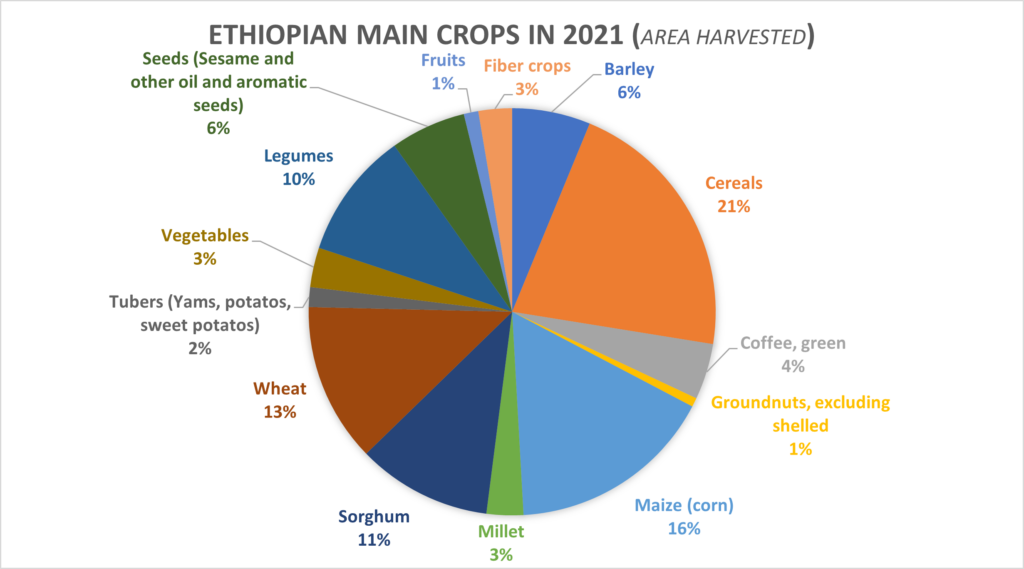
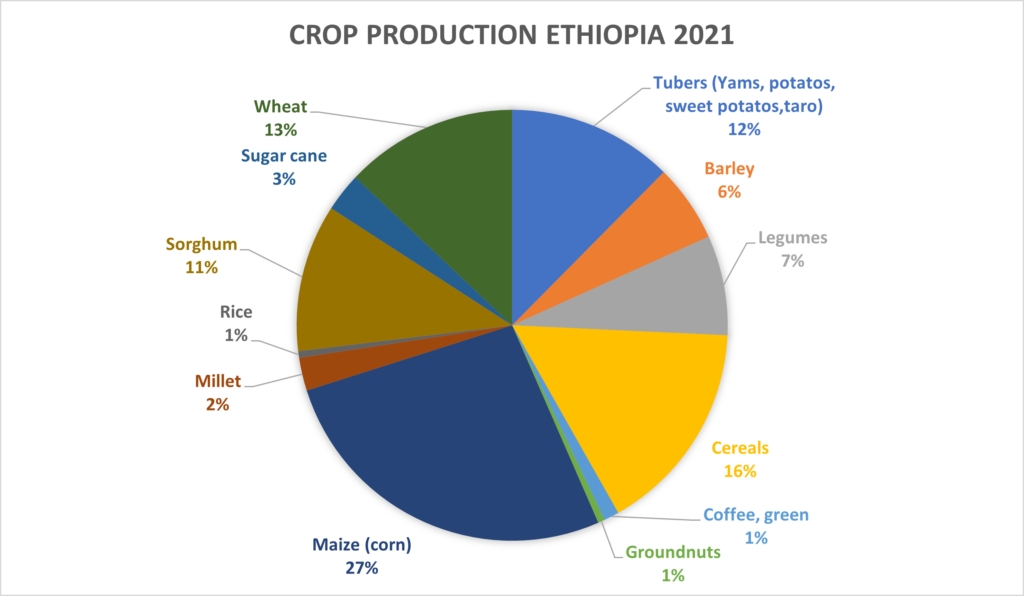
Source: “FAO.faostat. License: CC BY-NC-SA 3.0 IGO. Extracted from: https://www.fao.org/faostat/en/#data/QI. Date of Access: 20-11-2023.”
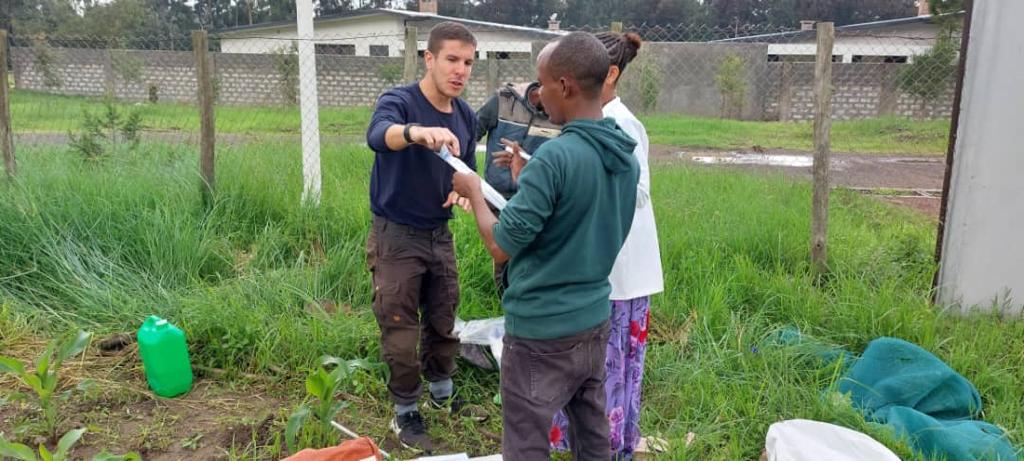
Farming in Ethiopia:
South Wello, Kalu Wereda, and Choresa Kebele have a predominantly rural population (99.5%), of which 90% are farmers, all of whom are smallholders. The average smallholder field size is 0.5 hectares. Main cropping practices involve mixed cropping and crop rotation, primarily cultivating maize, sorghum, teff, beans, and peas. Livestock, including cattle, sheep, goats, and poultry, contribute significantly to the economy.
North Shewa Zone, Shewarobit and Qewot Wereda kebeles have 85% of the population are farmers, with 99.5% being smallholders. The average smallholder field size is 0.5 hectares. Like Kalu Wereda, the main cropping practices include mixed cropping and crop rotation, focusing on maize, sorghum, teff, beans, and peas. Livestock, including cattle, sheep, goats, and poultry, play a vital economic role.
Oromia Special Zone Dawachefa Wereda kebele is characterized by 98.5% rural inhabitants, with 85% engaged in farming. Of these farmers, 90% are smallholders, cultivating an average field size of 0.5 hectares. Similar cropping practices and crop varieties are observed, accompanied by significant livestock rearing, mirroring the trends of Choriesa Kebele and Kalu Wereda and Qewot Wereda.
- Land area of Uganda is 110,4 mio ha, from which 35% (38,5 mio ha) is used for agriculture, 11,8% forest, 53,2% other land.
- From the agricultural land only 0,234 mio ha (0,61%) is under organic agriculture
- Households cultivating major cereal crops: 88.52% of households cultivated teff, wheat, maize, sorghum and barley in 2021
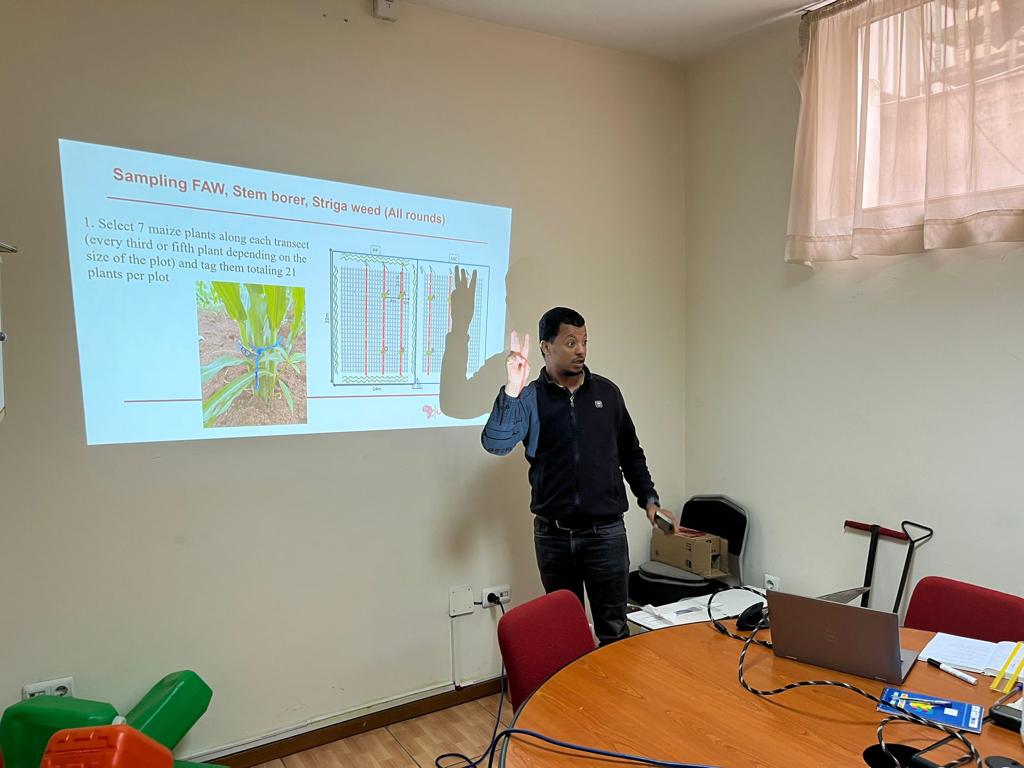
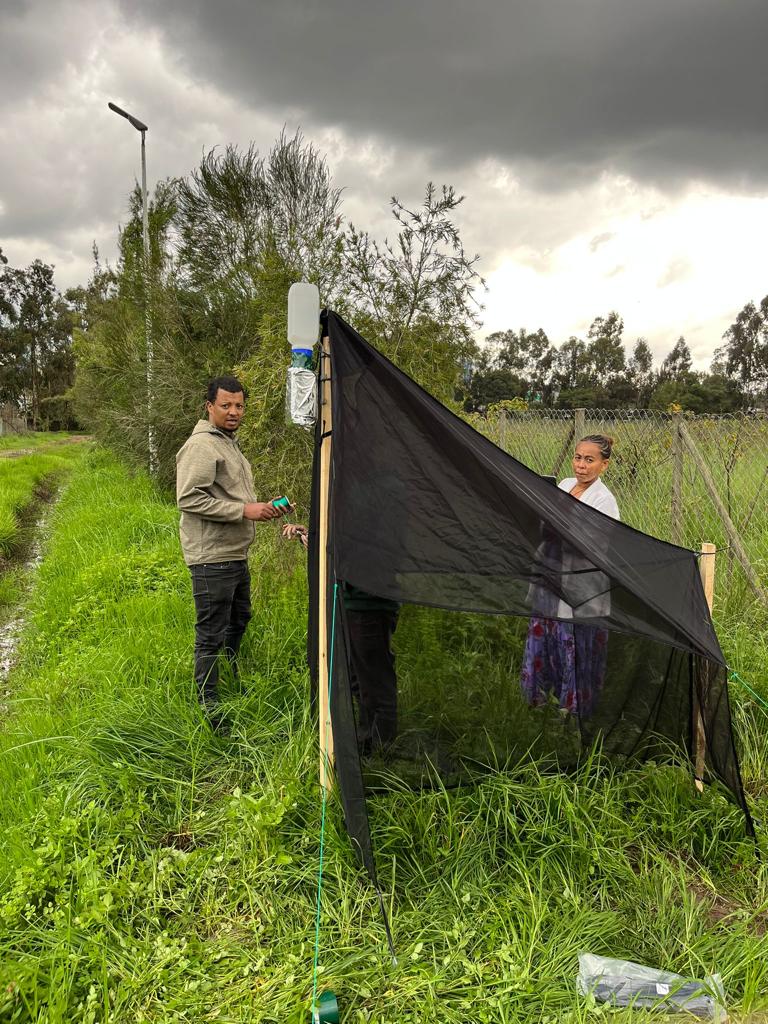
Overview biophysical and meteorological aspects:
Choresa Kebele, primarily an agricultural community, cultivates main crops such as Sorghum, Maize, and Teff. Additionally, the kebele contributes significantly to milk and honey production. An average temperature of 22°C, with an annual rainfall of 1,250 millimetres, predominantly occurring during the rainy season from June to September.
These three kebeles (Bedeno, Gerbi, Kelo Kebeles), are also primarily agricultural and cultivate crops such as teff, wheat, barley, maize, and sorghum. The average temperature in Bedeno, Gerbi, and Kelo Kebeles is 24°C, with an annual rainfall of 1,220 millimetres during the rainy season from June to September.
Jimdere, Yelen, and Tere Kebeles grow crops like teff, maize, and sorghum and the average temperature is 27°C, with an annual rainfall of 1,000 millimetres during the rainy season from June to September.
The kebeles 07, 08, and 09, primarily agricultural, are cultivating crops such as teff, wheat, barley, maize, and sorghum and the average temperature is 29°C, with an annual rainfall of 1,200 millimetres during the rainy season from June to September.
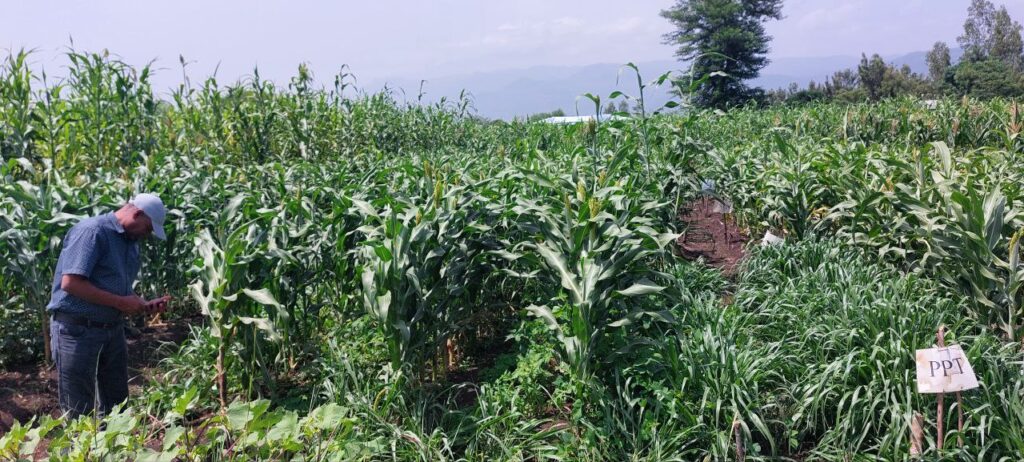
Farmer key challenges:
Despite its agricultural focus, Choresa faces challenges such as low productivity attributed to factors like limited access to improved agricultural inputs, including fertilizer and irrigation, as well as soil quality issues.
These three kebeles (Bedeno, Gerbi, Kelo Kebeles) face challenges like Choresa, including low productivity due to limited access to improved inputs and poor soil quality.
Jimdere, Yelen, and Tere Kebeles are facing challenges leading to low agricultural productivity.
Despite facing challenges, kebeles 07, 08, and 09, the residents are actively working to improve agricultural productivity through various initiatives.
Sorghum Yields in All Study Areas:
The average sorghum yield in all study areas is approximately 2.7 tons per hectare, significantly lower than the national average of 5.2 tons per hectare. Factors contributing to this include limited access to improved agricultural technology and poor soil quality.
Despite these challenges, the communities are actively working towards improving sorghum yields by adopting new technologies, increasing fertilizer usage, and implementing soil conservation measures. Their commitment to overcoming these challenges reflects a resilient spirit and dedication to enhancing agricultural productivity in the region.
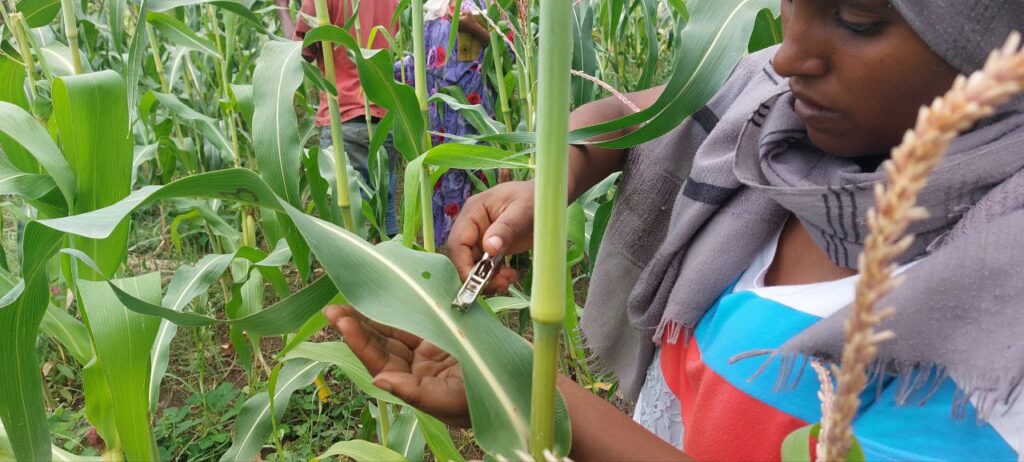
Push-Pull introduction:
Push-Pull technology (PPT) was introduced in the early 2000s in Ethiopia, with more than 500 farmers currently practicing it in South Wello Zone, Oromia Special Zone, and North Shewa Zone.
Process during UPSCALE Project: (source WP8)
- 6 sites established (07 Kebele, Yelen Kebele, Bedeno Kebele, Choriesa, Tere Kebele)
- More than 100 farmers went through PPT
- 189(52F) new farmers trained outside the project sites to come up with a PPT methodology
PPT challenges:
On one hand, Challenges faced include a lack of awareness, limited access to inputs, not sustained provision of extension service, free grazing, and the impact of climate change. On the other hand, PPT presents significant opportunities, including improving food security and income through increased yields, and thus reduced pest damage, improved soil health, reduced soil erosion, and enhanced biodiversity.
Choresa Kebele confronts challenges such as low agricultural productivity, poor soil quality, weed and pest control issues, and limited access to improved agricultural inputs. However, opportunities exist, including abundant land resources, a favourable climate for agriculture, and proximity to markets.
Dawachefa Wereda’s challenges encompass low agricultural productivity, poor soil quality, and limited access to improved agricultural inputs. Opportunities include efforts to improve productivity through the adoption of better seeds, increased fertilizer use, and soil conservation practices.
Qewot Wereda’s challenges include low agricultural productivity, poor soil quality, lack of access to improved agricultural inputs, and climate change. Opportunities involve rich land resources and a climate favourable for agriculture.
Shewarobit City Administration challenges include low agricultural productivity, poor soil quality, and limited access to improved agricultural inputs. Opportunities involve ongoing efforts to enhance productivity through the adoption of improved agricultural practices.
In conclusion, while PPT presents promising opportunities for farmers in the Amhara region South Wello Zone, Oromia Special Zone, and North Shewa Zone, addressing challenges is crucial for maximizing its benefits and ensuring sustainable intensification of agricultural production in these areas.
Fertility Excellent |
|
Fertility Excellent (if slope > 2%) |
|
Fertility Good |
|
Fertility Marginal |
|
Fertility Poor |
|
Fertility N/A |
